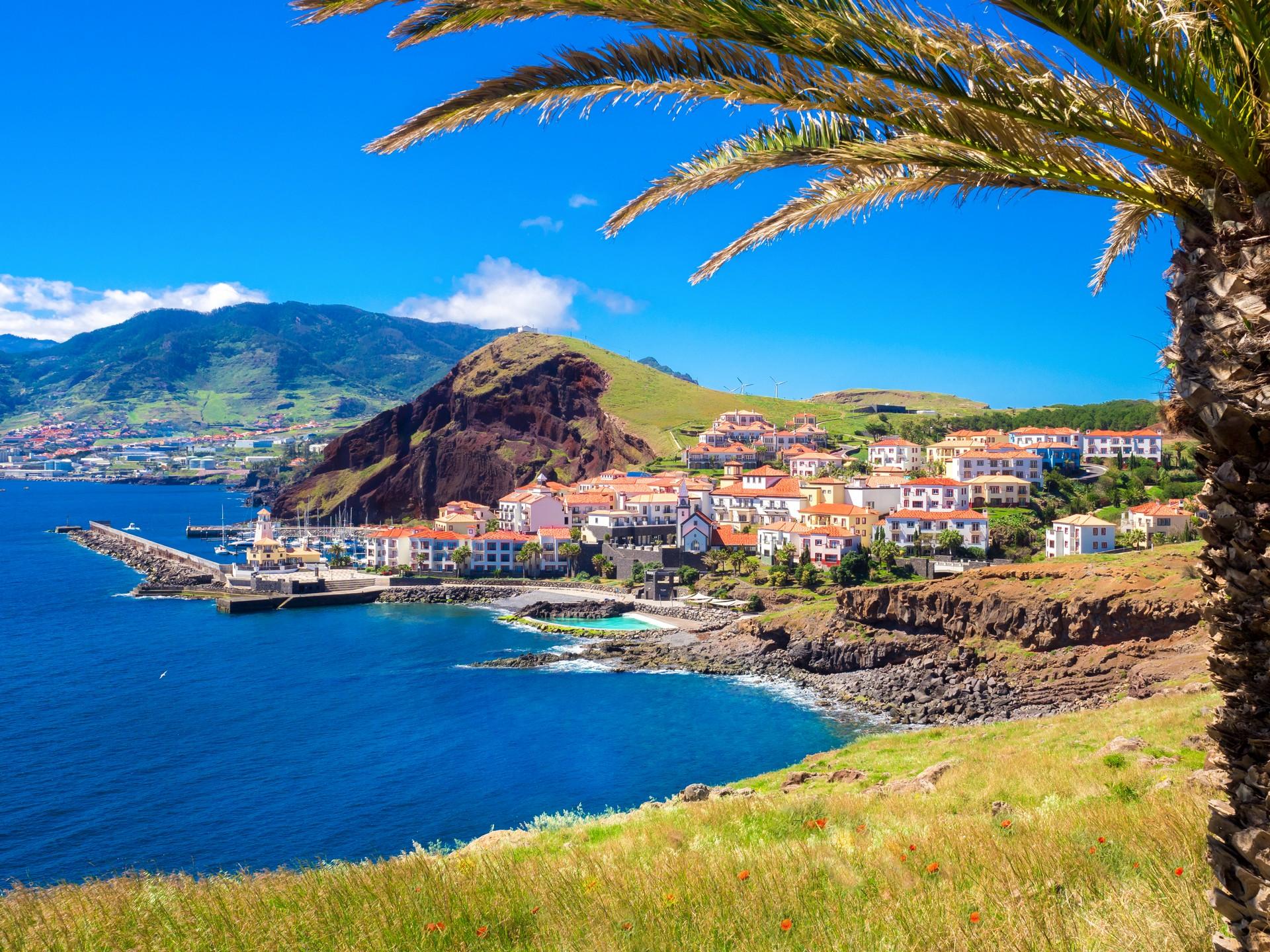Don't have plans for the summer yet? Explore the islands of Europe! The Azores, the Canary Islands, Cyprus or Sardinia? Get to know these European gems better in our article and they will definitely become destinations for your next holiday!
1. Azores islands
The Azores are an archipelago and an overseas autonomous territory of Portugal in the Atlantic Ocean. They belong to the Macaronesia region and lie approximately 1,500 km from Lisbon. The islands are home to two UNESCO-listed sites – the town of Angra do Heroísmo and the wine country of Pico Island.
The islands were occupied by the Portuguese in 1453 but were discovered earlier. The archipelago is made up of nine inhabited islands - the largest is São Miguel, followed by Pico, Terceira, São Jorge, Faial, Flores, Santa María, Graciosa, Corvo. The islands are of volcanic origin and are part of the Mid-Atlantic Ridge – including the underwater part, they are 4000 metres high, the coastline is steep. Earthquakes occur here quite often. The highest mountain, Ponta do Pico, is also the highest mountain in Portugal.
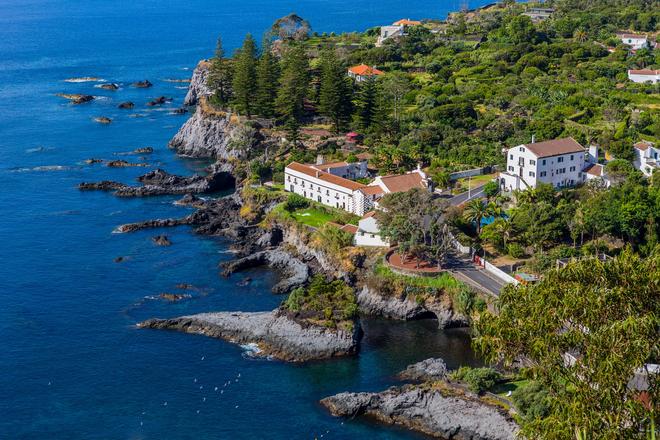
2. Canary Islands
If you're a spring lover, you'll be in paradise all year round in the Canary Islands. With winter temperatures never dropping below 18°C, Europeans in particular love spending the cold months in this Atlantic archipelago. In summer, temperatures soar into the 30s, but thanks to the omnipresent hills, all it takes is a change in altitude to cool off. Dominating the archipelago's largest peak and Spain's highest peak, the Pico del Teide rises to an impressive 3,718m.
Seven small islands offer so many different places! Tenerife and Gran Canaria are among the most visited islands, known for their coastal resorts with crowded beaches and noisy tourists. But drive just a few kilometres off the coast and almost immediately the landscape is dominated by quiet villages, rainforests and extinct volcanoes. If you're after seclusion, head to the smallest of the islands, El Hierro.
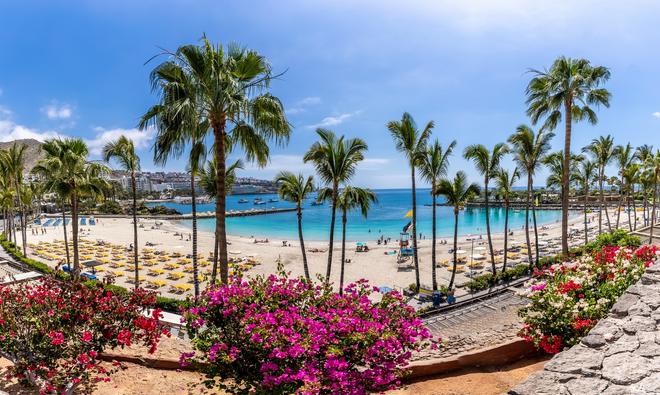
It is little known and therefore the most natural. The rugged landscape, wind, lizards and fishing villages are the perfect combination for those who need to really stop and relax. Fuerteventura is famous for its endless sandy beaches and is literally a paradise for water sports enthusiasts. Supposedly, there are more goats than people on this island. Lava fields, volcanic cones and the architecture of César Manrique are the main attractions of Lanzarote.
La Palma is famous for its unspoilt nature and is the steepest island in the world. The local state-of-the-art observatory is one of the best places for stargazing in the world. Seemingly inaccessible La Gomera is famous for its falling rocks, impassable roads and modern-day hippies. Christopher Columbus last resupplied on La Gomera before setting out to discover America.
3. Cyprus
The large island of Cyprus offers opportunities not only for swimming at the beaches and exploring the history, but also for trekking in the local mountains. It is located in the Mediterranean Sea about 80 km south of Turkey. The former British colony gained independence in 1960. Since 1974 the island has been divided into two parts following the Turkish invasion. In the northern part, the Turkish Republic of Northern Cyprus was proclaimed, but so far only Turkey has recognised it. The southern part is the Republic of Cyprus, a member of the EU. The two parts are separated by the so-called Green Line, which is guarded by UN troops. The capital Nicosia has been divided by the Green Line since 1974. Currently, both the northern and southern parts of the island are safe. Explore Northern Cyprus by bike!
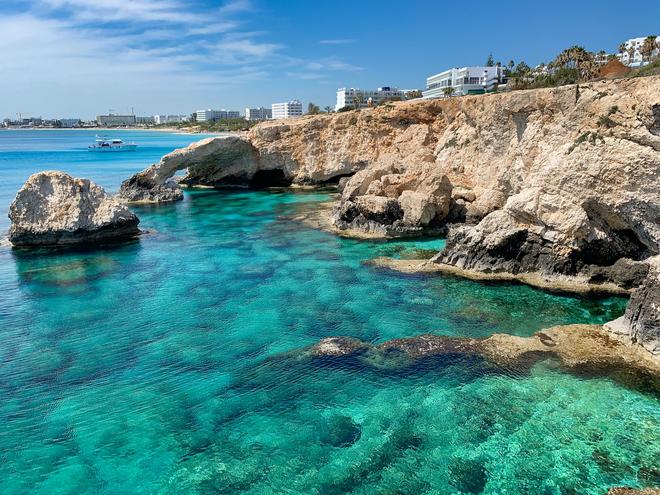
4. Madeira
Madeira is also known as the island of eternal spring. Here you will find beautiful mountains and diverse nature. Although the island's shores are bathed by the cold Atlantic Ocean, the North Atlantic current intervenes and creates a unique temperate climate. In summer, the temperature is a pleasant 25 °C and in winter the average daily temperature does not drop below 17 °C. This makes the island suitable to visit at any time of the year.
In 1425, the discoverer of Madeira, Joae Gongales Zarco, founded a small settlement at the southern tip of the island, which he called Funchal, after the fennel (funcho in Portuguese) that was abundant here.
Madeira's characteristics, location and climate make it ideal for adrenaline sports. Here you can enjoy mountain biking, trail running, canyoning, diving, paragliding, surfing or coastering – a combination of swimming, rock climbing, canyoning, cliff jumping and diving.
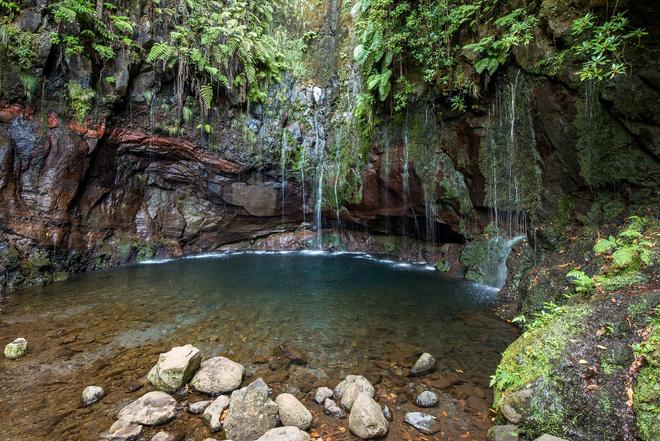
5. Mallorca
Mallorca is not only an island full of natural and architectural beauty, it is also a place with a rich and interesting history. One of the chapters of Mallorca's past that is surrounded by questions is the presence of the prehistoric Talayotic culture, which left behind a number of stone buildings in Mallorca and neighbouring Menorca. One of the places where the remains of Talayotic buildings can be found in Mallorca is the site of the old Son Real estate, located on the shores of the Alcudia Bay just two kilometres from the tourist resort of Can Picafort. Son Real is not only considered one of the most important archaeological sites in the Balearic Islands, but is also a shining example of traditional life on the so-called "possessions".
Another place not to be missed is a trip to the Formentor Peninsula, which cuts deep into the Mediterranean Sea. It is one of Mallorca's most interesting natural gems and, according to some opinions, one of the most beautiful places in the world. Just eight hundred metres west of Mallorca's tourist hotspot, the rocky island of Sa Dragonera rises out of the sea. The island probably earned its name from its earliest inhabitants, the small Lilford's lizards, which the locals call "dragones" or dragons.
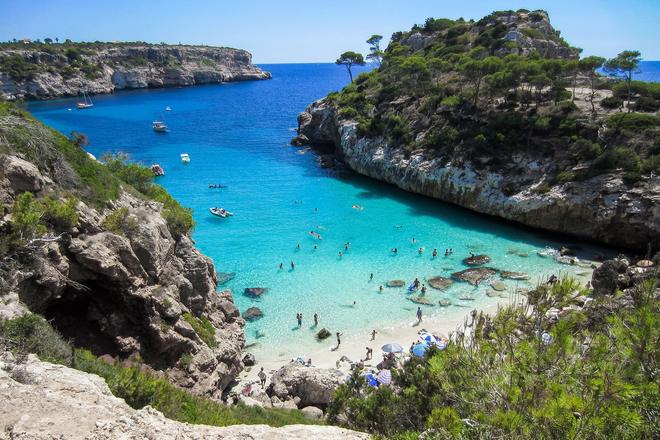
6. Malta
The Maltese archipelago lies in the Mediterranean Sea, about 95 km south of Sicily. This former British colony with a long and rich history gained independence in 1964. It consists of three inhabited islands: Malta is the largest and has an exceptionally high population density. Gozo is much smaller and the tiny island of Comino has a single hotel and people only live here in season. On Gozo, the cave system, the Neolithic Temple of Ggantija and the historic town of Victoria are all worth a visit. On Comino, don't miss diving in the Blue Lagoon.
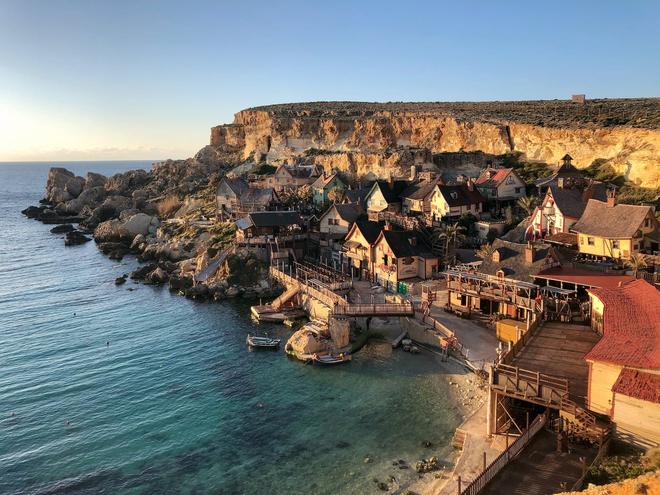
7. Sardinia
The island of Sardinia is located in the Mediterranean Sea and belongs to Italy. Mountaineers, trekkers, history buffs and beach lovers head here for adventure. The island is mountainous and its coastline is rugged. One of the most beautiful areas is around the Golfo di Orosei bay and the Golfo di Orosei e del Genntargentu National Park. In the Golfo di Orosei e del Gennargentu National Park you can find the highest mountain in Sardinia, Punta La Marmora. It is 1834 metres high and the climb up is really easy, but the views are worth it.
If you also like to explore towns on your travels, get inspired by our tips on which places not to miss. Visit the largest cities of Cagliari and Sassari, the picturesque Alghero or the charming smaller Castelsardo and the colourful village of Bosa.
.jpg)
